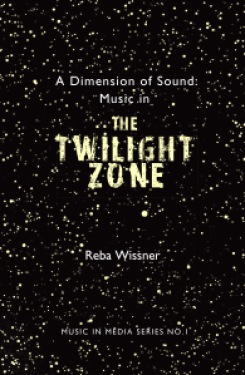The group New Order’s World in motion, commissioned by the British Football Association to mark the 1990 World Cup soccer finals, “is probably the least likely official football theme song ever recorded: Denying its own status as a football song, introducing elements of subcultural love lyrics, and becoming a gay club hit, but also assuming the burden of combating football’s major peripheral problem, hooliganism, the song is ultimately unheimlich, even despite its closing chorus that speaks of ‘playing for England; playing this song.’”
This according to “Playing for England” by Paul Smith (South Atlantic quarterly 90/4 [fall 1991] pp. 737–752). Smith goes on to note that “both the BBC and the independent television companies forewent the pleasure of having ‘Love’s got the world in motion’ going across the airwaves every night, and the BBC used as their World Cup theme another piece of music that quickly became a number one hit: Luciano Pavarotti singing his version of the Nessun dorma aria from Turandot.”
Today would have been Pavarotti’s 80th birthday! Below, singing Nessun dorma in 1994.
BONUS: By way of contrast, New Order’s song:
















